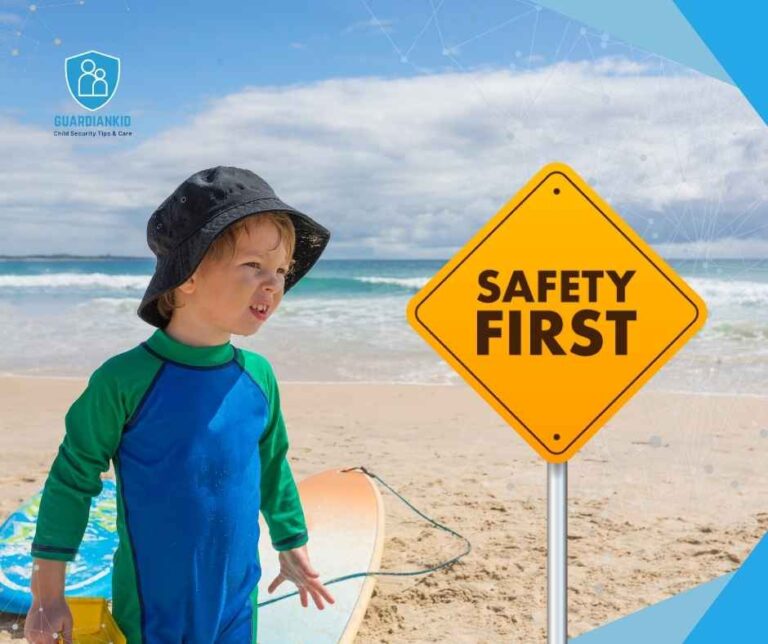What is Health, Safety And Nutrition in Early Childhood Education
Early childhood is a time of significant growth. Kids learn new things every day. Healthy bodies and minds help them do this. We will examine three critical areas: health, safety, and nutrition.
Health, Safety, and Nutrition in Early Childhood Education focuses on ensuring young children’s well-being through safe environments, proper hygiene, balanced diets, and injury prevention, supporting their growth and development.
Understanding Health in Early Childhood
Health is not just about not being sick. It includes overall well-being. This means being physically, mentally, and socially healthy.
- Physical Health: This is about how the body works. It needs exercise, sleep, and hygiene.
- Mental Health: Mental health is about feelings. Talking, playing, and caring are good for mental health.
- Social Health: Kids need friends. Playing well with others helps their social health.
Importance of Safety in Early Childhood Settings
Safety means being free from harm. Schools and homes should be safe places. Kids need to be safe to explore and learn.
| Area | Checklist Item |
|---|---|
| Indoor Spaces | Clean floors, safe toys, no sharp edges. |
| Outdoor Spaces | Secure fences, soft landings, safe equipment. |
| Emergency Readiness | Fire drills, emergency plans, first aid kits. |
Using checklists helps keep places safe. Kids learn safety by following rules. Teachers help by showing the right way to do things.
Role of Nutrition in Early Childhood Education
Good food helps kids grow. It gives them energy. They think better when they eat well. Nutrition is about eating a balance of foods.
- Fruits and Veggies: These are full of vitamins. They help fight germs.
- Protein: Foods like meat and beans make muscles strong.
- Whole Grains: They give long-lasting energy.
- Dairy: It builds strong bones with calcium.
Meals should have different colors from different foods. Snacks are good, too. But they should be healthy snacks like fruits or nuts.
Integrating Health, Safety, and Nutrition in the Curriculum
Teachers can help by making these things fun to learn. Fun activities make kids want to learn more.
- Song and Dance: These help with physical health. Kids move and learn.
- Storytelling: Stories about feelings and friends teach mental and social health.
- Games: Games like “Simon Says” can teach safety rules.
- Cooking Classes: Simple cooking tasks help kids learn about nutrition.
Learning by doing is powerful. Seeing, touching, and doing things make learning real and fun.
What Is Health, Safety And Nutrition In Early Childhood Education? Q/A
How Does Nutrition Affect Early Childhood Development?
Proper nutrition is crucial for a child’s brain development, physical growth, and overall health. A balanced diet with essential nutrients fosters cognitive abilities and reduces the risk of chronic diseases later in life.
What Are Safety Guidelines In Early Learning Environments?
Safety guidelines in early childhood education encompass child-proofing spaces, using non-toxic materials, regular safety drills, and maintaining appropriate child-to-teacher ratios to ensure a secure learning setting for kids.
Why Is Health Education Important For Young Children?
Introducing health education at a young age instills healthy habits, boosts disease prevention awareness, and lays the foundation for a lifelong understanding of physical, emotional, and social well-being.
In conclusion, kids need health, safety, and good food to grow and learn. They need caring adults to teach and guide them. Every kid deserves to be healthy, safe, and well-fed.


